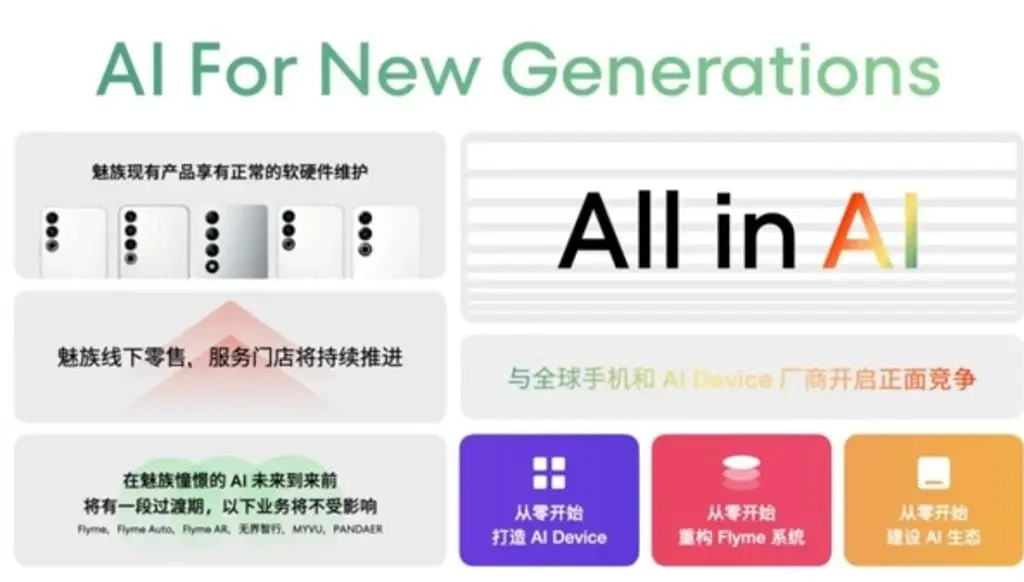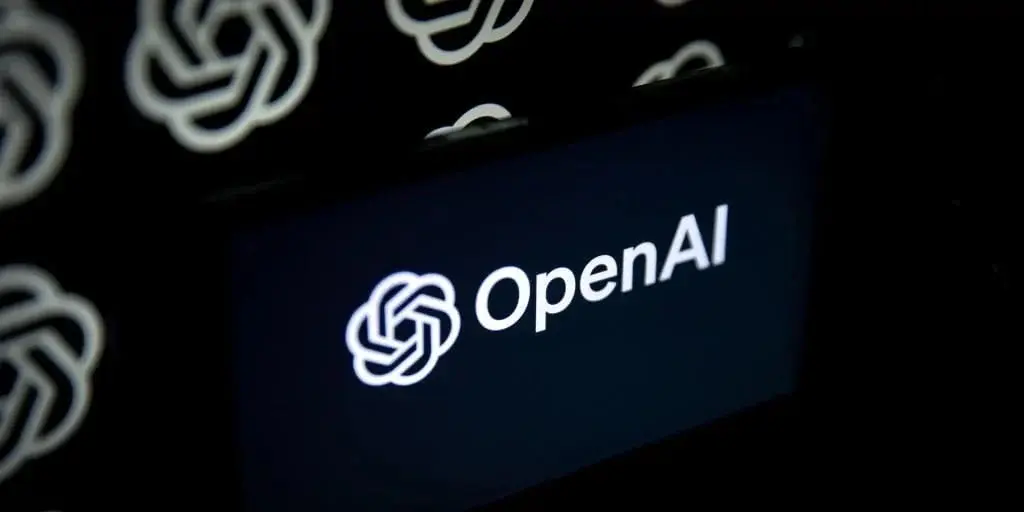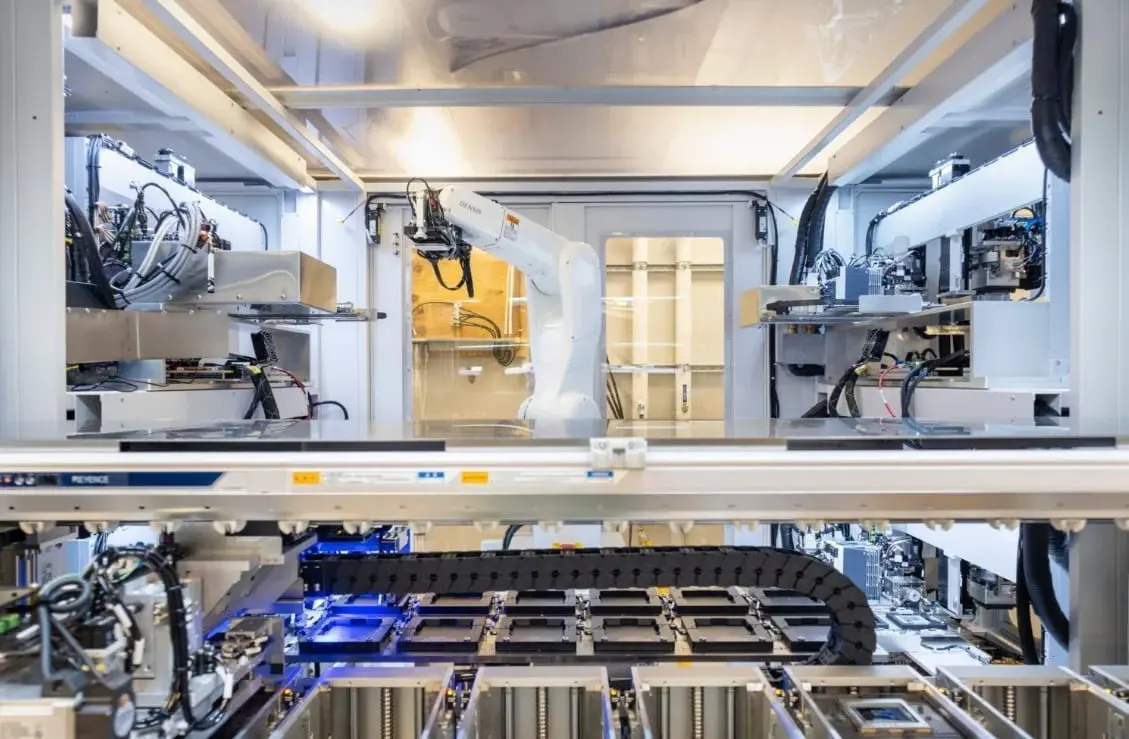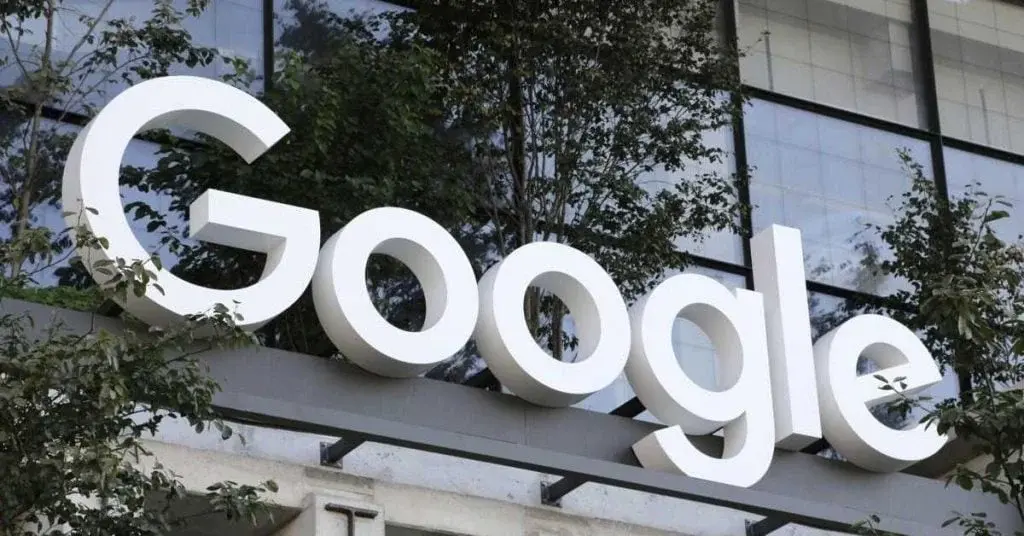During the recent Lunar New Year celebration, China witnessed a familiar lineup of dominant apps shaping the digital landscape. The likes of Tencent and ByteDance spearheaded this digital wave, captivating the attention and data usage of millions across the country. As families came together and friends reconnected, platforms like Douyin (TikTok’s Chinese counterpart), WeChat, Kuaishou, Tencent Video, and Jinri Toutiao emerged as indispensable tools for communication and entertainment.
App Dominance During Lunar New Year
These apps didn’t just enjoy popularity; they played a pivotal role, commanding over three-quarters of the mobile data traffic during the nine-day holiday period. The Ministry of Industry and Information Technology (MIIT) underscored this dominance, marking a significant milestone by releasing rankings for the Lunar New Year season for the first time.
Tencent and ByteDance’s Market Dominance
Tencent and ByteDance asserted their dominance with two entries each in the top five rankings, solidifying their positions in the market. Many of these platforms have stood the test of time, existing for a decade or more, showcasing the enduring influence of established names in China’s tech-driven society. Douyin, the youngest player in this group, has rapidly climbed the ranks since its inception nearly eight years ago.
Shifting Trends and Consumer Habits
This year’s report highlighted a departure from previous trends, such as the surge in digital red packet transactions through Alipay in 2021 and JD.com’s substantial sales growth in 2019. These shifts underscore the evolving digital inclinations of Chinese consumers, reflecting changing preferences and behaviors over time.
Experts acknowledge the challenges of introducing groundbreaking apps in a market saturated with seasoned competitors. However, opportunities for innovation persist, especially in realms like artificial intelligence (AI), the Internet of Things (IoT), and extended reality technologies.
Evolving App Strategies
In response to these evolving trends, apps are adapting and expanding their functionalities. WeChat, for instance, is venturing into short videos, while Douyin is ambitiously venturing into e-commerce growth, aiming for a significant uptick in its online shopping channel’s gross merchandise volume (GMV). This strategic move includes competitive pricing strategies, directly challenging platforms like Pinduoduo, known for their cost-effective offerings.













